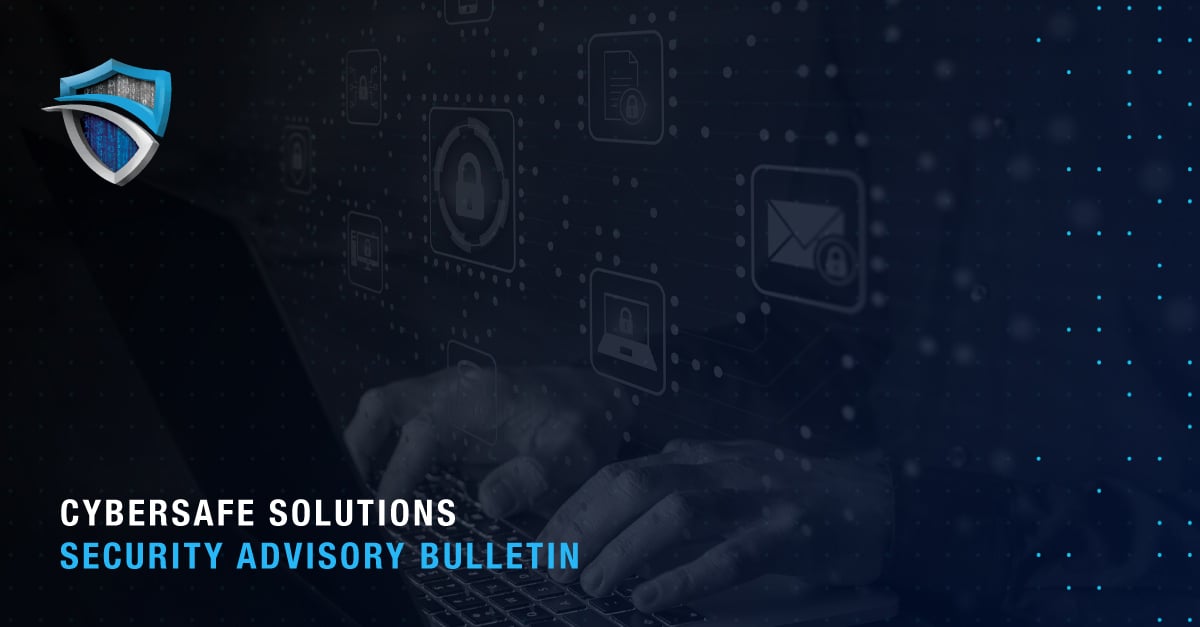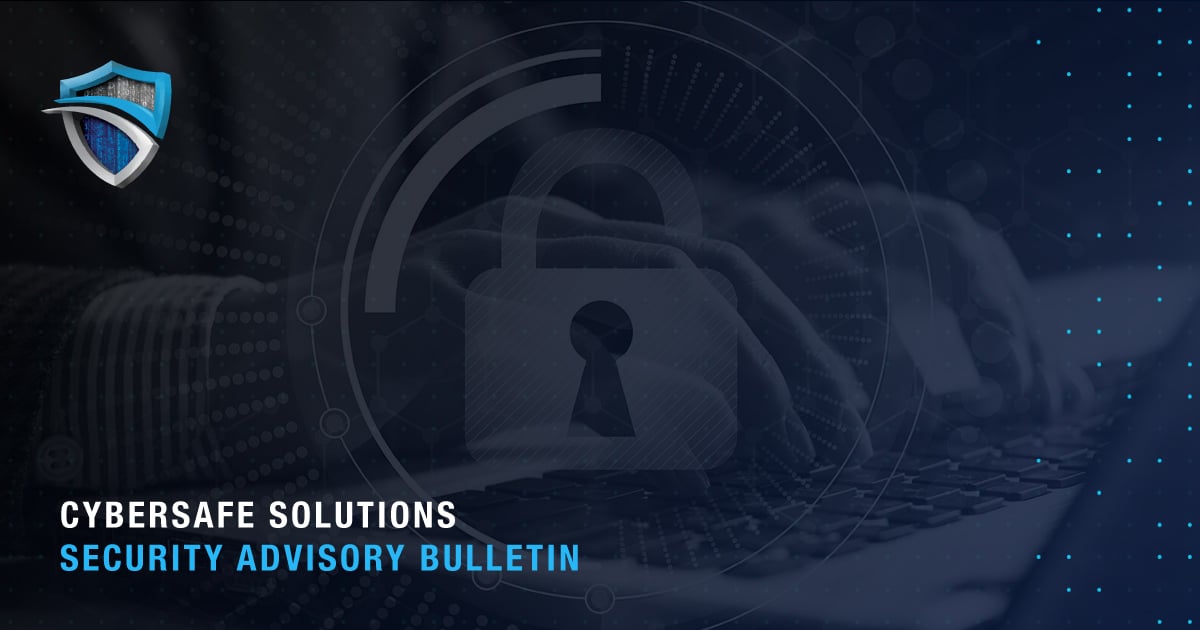According to insights from Verizon’s “2023 Data Breach Investigations Report,” the human element plays a significant role in 74% of breaches.
Everything from poor password health to opening phishing emails increases opportunities for threat actor intrusions.
To combat this, many businesses leverage cybersecurity awareness training to strengthen and transform their teams into effective lines of defense.
Here we explore the basics of security awareness training, why it’s important, and what a robust training methodology should include, to help your organization mitigate risks and strengthen its cybersecurity posture.
What Is Security Awareness Training?
Cybersecurity awareness training, or security awareness training and education (SATE), minimizes an organization's attack potential by educating its users on current and evolving cyber risks. A robust methodology should include elements of assessment, training, simulated testing, and high-level reporting.
This not only assists organizations in maintaining compliance, but helps users understand and apply cybersecurity best practices, mitigate internal vulnerabilities, and identify a range of common social engineering tactics they might encounter on the web.
Furthermore, it reinforces internal policies and processes for reporting on potential threats by users themselves, which makes the entire organization more informed and aware.
Why Is Security Awareness Training Important?
Along with being a common regulatory compliance requirement, security awareness training is integral to creating a culture of cybersecurity awareness and proactivity within an organization.
Through simulated phishing testing, in particular, users have a unique opportunity to identify common social engineering tactics in real time.
Additionally, SATE enhances the learning experience for an entire organization by reinforcing internal processes for reporting on potential threats by actual team members. This helps employees recognize and correct behaviors and existing vulnerabilities before they’re exploited by threat actors.
In fact, management consulting company Gartner predicts that by 2025, insider risk will prompt half of organizations to enlist formal training programs to mitigate such hazards—whether malicious or accidental.
Cybersafe Solutions Security Awareness Training: SOL Training™
Features & Offerings
Cybersafe Solutions Security Awareness Training (SOL Training™) educates and empowers your users to effectively identify social engineering tactics in real time through assessment, training, simulated phishing attacks, and reporting.
SOL Training™ includes:
- On-Demand Training: Web-based training covering common threats and social engineering tactics
- Training Modules: Interactive, engaging training modules focusing on a diverse range of cybersecurity awareness topics
- In-Depth Reporting: Quarterly training campaigns and reports containing a comprehensive summary and user completion activities
- Phishing Templates & Campaigns: A complete library of real-world phishing templates and AI-powered phishing campaigns
- “Anti-Prairie Dog” Campaigns: So dubbed because sending users random phishing emails from multiple campaigns at various times prevents them from popping up from their desks to warn coworkers about testing
- Phishing Testing & Reporting: Monthly phishing tests and reports that include a user action summary, failure rate, and user action report
- Newsletters: Specialized newsletters featuring security tips and recommendations from experienced providers that organizations can elect to incorporate
Four-Step Methodology
Our proven, four-step SOL Training™ process includes assessment, training, simulated phishing testing, and detailed reporting.
Here’s a brief breakdown of what each entails:
1. Assessment
Utilizing an initial simulated phishing attack, Cybersafe determines the baseline percentage of phish-prone users.
Our staff also identifies existing vulnerabilities and user practices, and prioritizes areas to focus on for improvement.
2. Training
Our on-demand, interactive, web-based training covers the mechanisms of spam, phishing, malware, and the dangers of social engineering.
This comprehensive resource not only facilitates regulatory compliance, but empowers companies to promote a culture of cybersecurity awareness and proactivity.
3. Simulated Phishing
Monthly simulated phishing testing improves staff’s ability to effectively identify social engineering attacks.
Cybersafe regularly gauges progress against initial and ongoing assessments, and reports suggestions for improvement.
4. Reporting
Our enterprise-strength reporting provides data reflecting training progress and simulated phishing results, and includes a user action summary, failure rate, and user action report.
This provides insight and visibility into training effectiveness, while enabling you to easily track compliance.
Why Cybersafe Security Awareness Training?
Ultimately, a robust security awareness training program not only facilitates compliance, but empowers organizations to make long-term behavioral changes that help sustain protection, across the entire company.
Cybersafe Solutions SOL Training™ educates and empowers your staff to identify simulated threats in real time, refine internal reporting processes, and strengthen your organization’s security posture.
Leveraging our proven methodology, Cybersafe works with you to create a culture of cybersecurity awareness and proactivity within your organization that transforms your team into a critical, last line of defense against a wide range of threats.
Cybersafe Solutions is an industry-leading MSSP offering managed detection and response (MDR), security awareness training, and so much more. To learn more about maintaining compliance and enhancing cybersecurity posture with SOL Training™, contact our team today.




